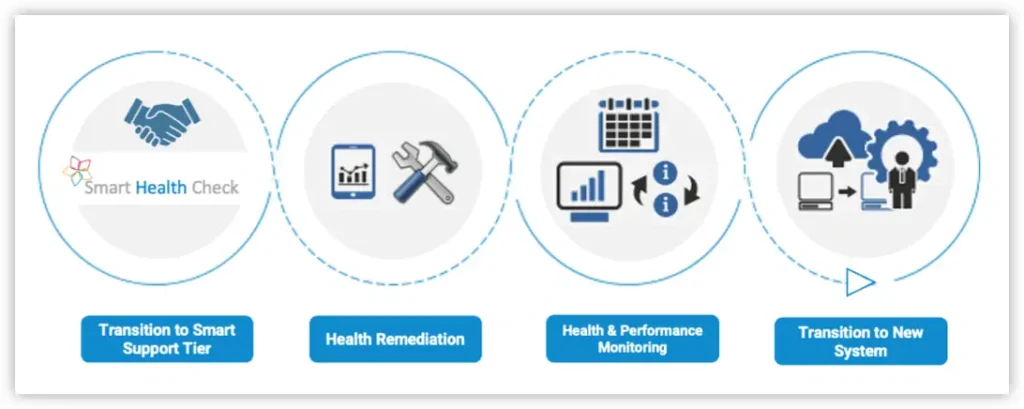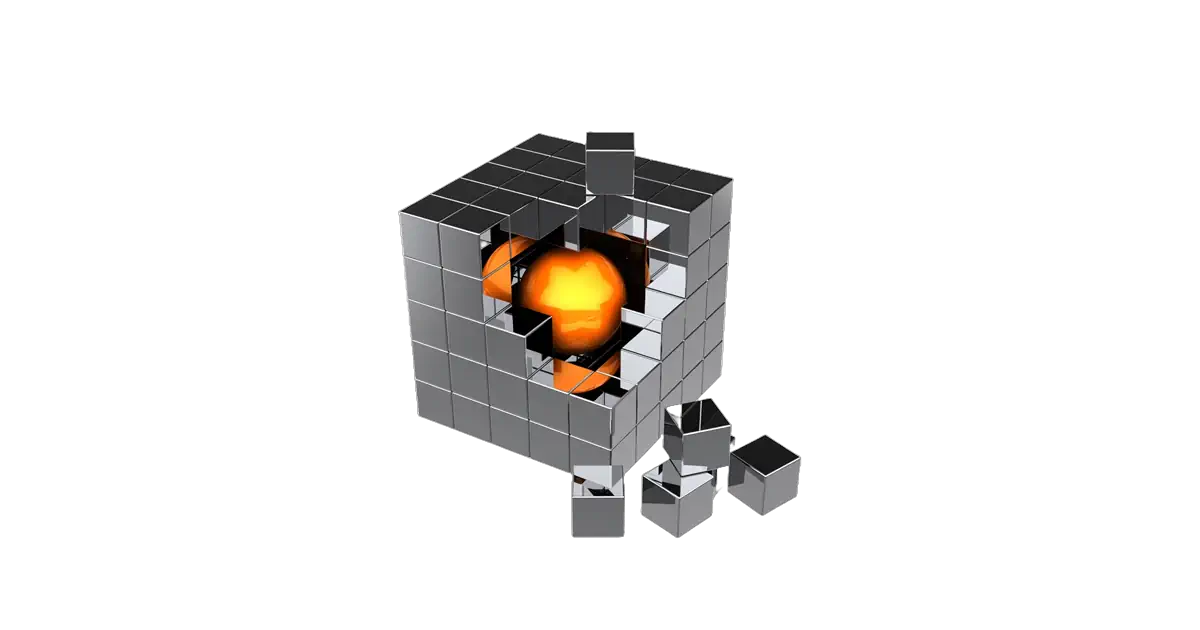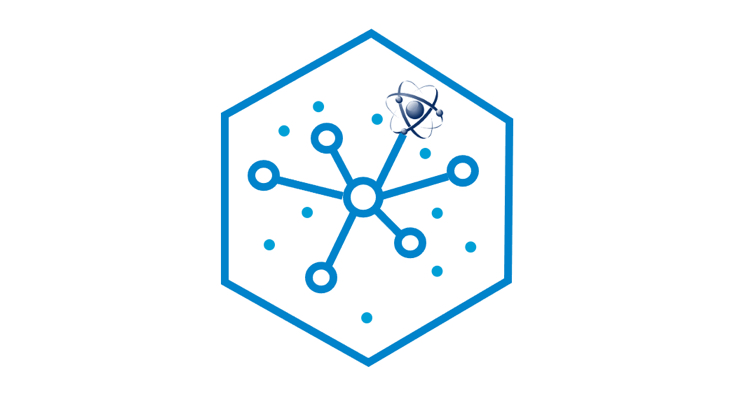Netezza systems, like humans, will experience a decline in performance as they age. Also, like humans, this decline can be linked to underlying health issues which, if corrected, can result in much of the performance being restored.
To check on the health of your system, IBM provides the nzhealthcheck utility which outputs a report showing lots of system information and a list of hardware issues found along with expert advice on how to resolve them. This information includes which versions of software are installed for the various components of the system, which can be helpful when troubleshooting system issues.
Whilst being a good starting point, the nzhealthcheck doesn’t report on the performance of the system, and whilst showing which software is installed, it doesn’t comment on the potential problems associated with running older versions of software, nor a list of the features and fixes that are available that could help improve system performance. It is not uncommon for Netezza customers to pay for expensive hardware upgrades because they believe they have outgrown their existing capacity when their system performance is a result of poor database management and/or outdated software.
Hardware and Software considerations
In our recent blog “Why it’s crucial to keep your Netezza software up to date” we explain how critical it is to keep all your Netezza software components (NPS, FDT, and HPF) updated with the latest versions. Not only does this ensure that replacement hardware components will be firmware compatible, but it ensures that you are getting all the latest features and fixes to known issues. From a system health perspective, prevention is much better than a cure. Admittedly it can require periodic downtime to apply the software upgrades, but if the consequences of not doing so are declining performance and system failure, it’s false economy not to do it.
Defective hardware components will impact the performance of your Netezza system, but you may not realize that some hardware defects cannot be detected if the FDT (Firmware Diagnostics and Tools) is out of date. Only recently we onboarded a new Netezza afterlife support customer that was reporting a blade failure but the nzhealthcheck report was reporting no hardware issues. When we did a full health check, we saw that their software was extremely outdated. Luckily, they had downloaded all the software upgrades before their IBM support ended and so were able to do a full software upgrade. Straight away, a myriad of hardware problems then showed up and we learned that they had been operating under false sense of security when really, they were close to a complete system failure. If you are under IBM support, you should be asking yourself why IBM does not insist that you keep your software up to date?
Performance Considerations
Netezza database performance is directly linked to the allocation of system resources. Various factors affect a query’s performance, including bad data distribution, stale statistics, server load and uneven system resources. These Workload Management (WLM) components can be tweaked along with the predefined system configurations to ensure the best possible query process times on a Netezza machine.
Netezza uses Field Programmable Gate Arrays (FPGAs) to boost performance. I/O operations are always a bottleneck in any database server, and it is the FPGA that eradicates the I/O problem in Netezza by filtering the data across each Snippet Processing Unit (SPU) or S-blade. The performance of the system is directly linked to uniform distribution of data across all data slices in the system. When data is badly distributed, skew occurs meaning that the SPU’s and FPGA’s serving data slices that contain more rows of a table must work harder and so become a performance bottleneck.
Even when data skew is eradicated, the Netezza query optimizer relies on up-to-date statistics to fine tune query performance. These statistics can become quite stale if not updated after certain database operations such as nzload, INSERT, UPDATE, GROOM TABLE and TRUNCATE TABLE. In addition to the regeneration of statistics after such operations, grooming is an often-overlooked activity. The GROOM TABLE command reclaims disk space, reorganizes tables that are based on the clustered base table organizing keys, and migrates data for tables that have multiple stored versions.
The key is being confident that these routine administrative tasks are being performed – the health of your system depends on it. It’s the reason why you need experienced Netezza resources to manage your Netezza system, as you’ll read in our blog about resourcing your Netezza team optimally.
The Smart Health Check
The Smart Health Check is one element of a holistic approach to managing the continued health of a Netezza system that has reached IBM end of support up to and including the time that you transition to a new system.

It comprises:
- Performing a thorough health check when your IBM support ends
- Rectifying any observed health issues (outdated software, defective hardware, poor data distribution, etc)
- The automation of essential DBA tasks with our Virtual DBA service to ensure that the system continues to operate at peak performance
- Ongoing monitoring of the health of your system
- Regular reviews with key technical personnel
Download an example Smart Health Check report (for legacy Netezza systems).
Download an example Smart Health Check report (for CP4D systems).
Read more about the Smart Health Check Service, or for more information about how to keep your Netezza appliances operating at peak performance beyond IBM end of support, feel free to contact us.







